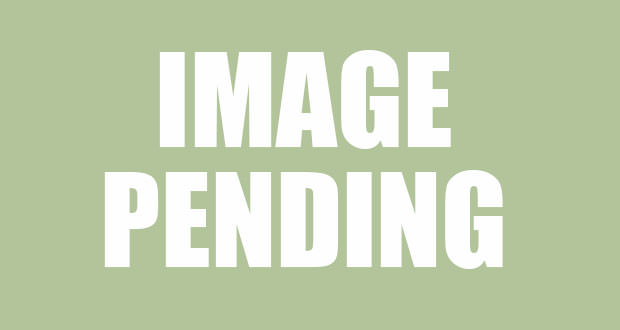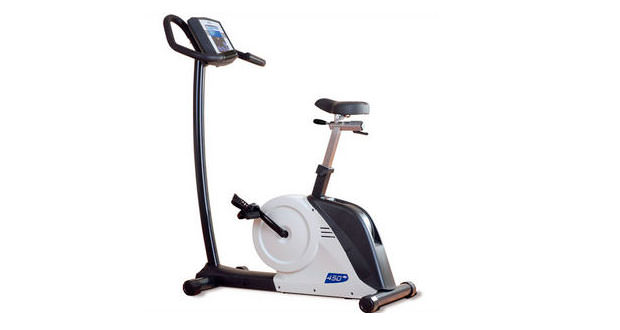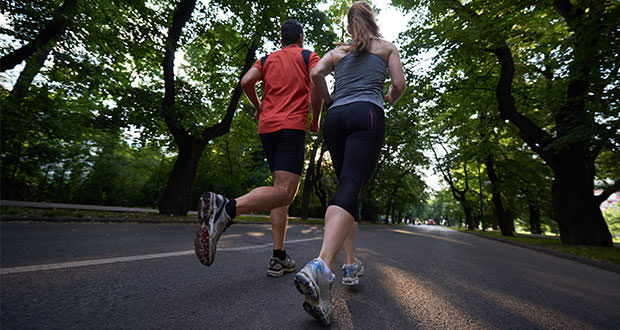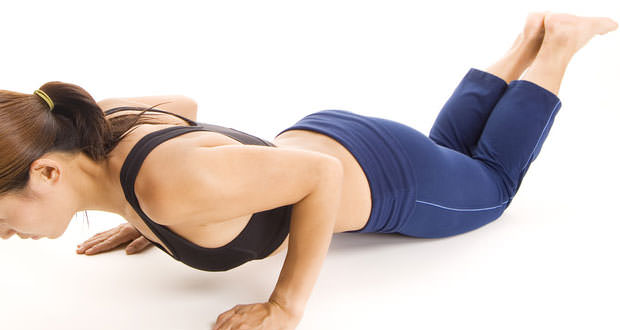5 exercises to define the pectoral
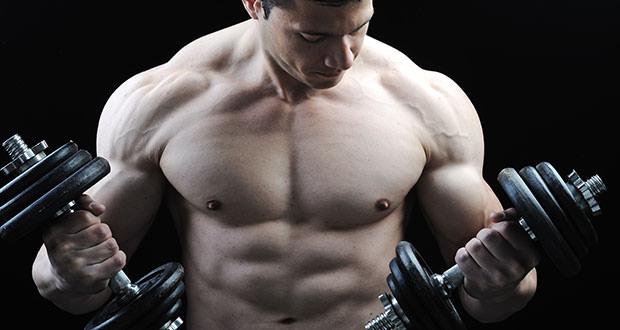
The training requires considerable physical effort. The resistance will be tested, but the concrete results will be guaranteed and visible even after a short time. If you are already a regular customer of the gym, you will have more means to work with, otherwise you can do some of these 5 exercises even at home.
Squats
The bending (push-up in English) are a type of exercises known to any lover of fitness, very useful for any beginner who wants to try their hand in strengthening the chest. They are apparently simple exercises, which do not require particular tools, but hide pitfalls that can compromise a good workout.
Lie down with your face down and lean on the ground with your hands parallel to your chest and your toes. The shoulders must stand vertically above the hands, and the distance between them must be slightly greater than that of the shoulders. Contracting the abs must keep the back fixed and aligned with the legs, without curvature. The head looks at the floor for the duration of the exercise.
Starting from the bottom, stretch out the arms until the body is completely raised and slowly descend, maintaining the posture. Do not lean on the ground after bending, but touch the floor with your chest. The correct breathing requires that you expire in the ascending phase and breathe in the descending one. If at first it is difficult to perform, you can reduce the weight exercised by resting on your knees on the ground.
Folding variations
After practicing with the standard bends you can exercise your chest with more targeted exercises. In the literature, there are at least twenty variants to the classic version of the folds, it makes no sense to list them all but consider the most emblematic.
Bending on a step or other support: instead of keeping your feet focused on the ground, keep on a step or a rise. A swiss-ball can also be used as a support. The difficulty increases with increasing height of the support.
Strictly bending: the arms, instead of being well spaced, are held in line with the shoulders and the arms are very close to the trunk, stimulating the triceps more. One-handed bends: the workload is concentrated on one arm, while the other is held behind the back (for experts only).
Folds with a clap of hands: in the moment of momentum from the floor, you have to clap your hands like in a round of applause and return to the initial position in the descending phase. This exercise increases the explosiveness of the movement.
Flat bench with barbell
For this type of exercises that intensifies the great pectoral, you need a flawless technique, which the beginner cannot reach immediately so it is recommended, before becoming familiar with the tools, the supervision of an expert.
The technique that protects the joints and effectively strengthens the muscles is the one with the shoulder blades added and works like this: lie down with your back to a bench placed horizontally, with your feet firmly on the ground. Then you have to hold a barbell, with the width of the grip not too wide, leaving a space between one hand and the other of about 70 cm.
Even the shoulders must not be far from the vertical of the bar. After inhaling, remove the barbell from the supports, add the shoulder blades and keeping the elbows locked, slowly bring the barbell up to the chest. Take advantage to rearrange the scapulae to the initial position and, after starting the ascent, exhale to a third of the way (passed the so-called ” deadlock ” ). Perform the exercise with weights that allow you to perform 20 repetitions.
Flat bench with dumbbells
The exercise is very similar to the previous one only that two dumbbells will be challenged instead of the bar. If performed correctly, you can be tone the pectoral muscles very well, but also the central and anterior parts of the muscles. The crosses with flat bench dumbbells are a mono-articular movement and involve the pectoralis major, in particular, in the intermediate beams, and the frontal beams of the deltoid.
Keeping the same supine position assumed for the barbell, place the feet firmly on the ground and grasp the handlebars (with load adapted to your strength) so that the palms of the hands are facing one another. Keeping your elbows steady, lower the dumbbells slowly outward as low as possible until you feel your chest stretched.
Use at this point the force of the pectorals to make a bow with the arms outstretched and the elbows slightly bent until they meet above the chest. By interposing this type of exercise with the distances, you can use the power of the pectoral without overloading the triceps.
Pectoral machine
This exercise requires a machine called a pectoral machine, easily available in any gym. The tool will go to urge the big, the pectoral and the deltoid. After adjusting the weight to bear and the back of the Pectoral, so that the elbows are at chest height, position yourself to take care to keep the lumbar back glued. With a slow movement of approach of the elbows, one must inhale, and then exhale in the phase (always slowly) of distension.

